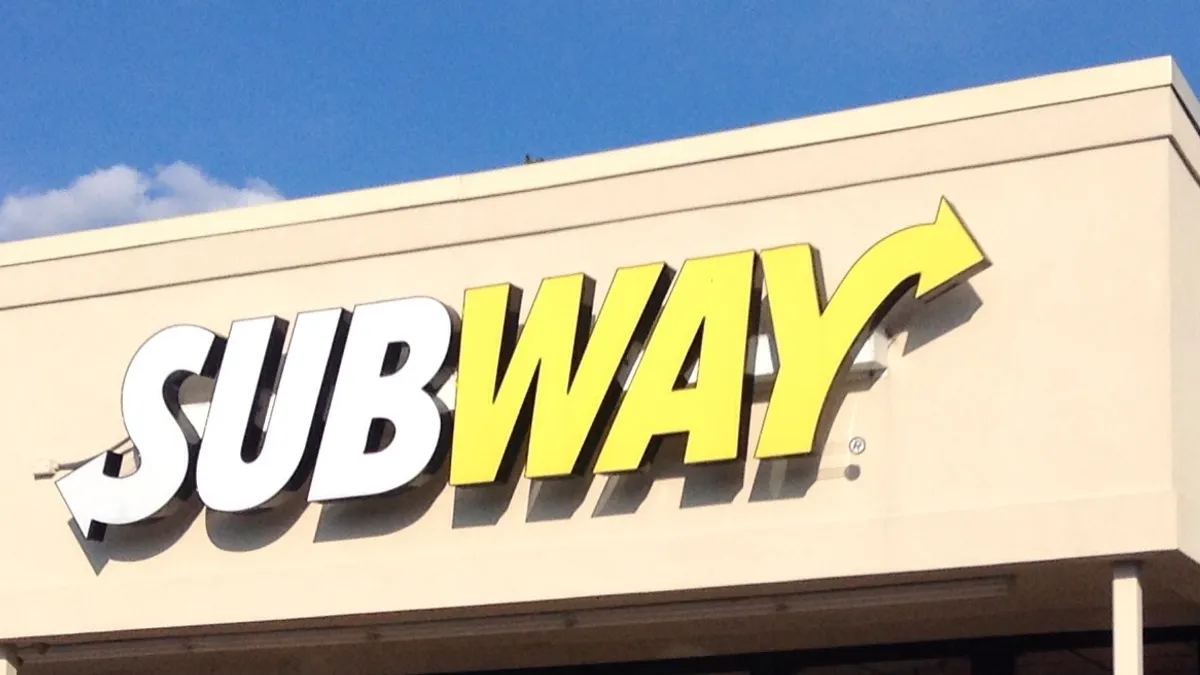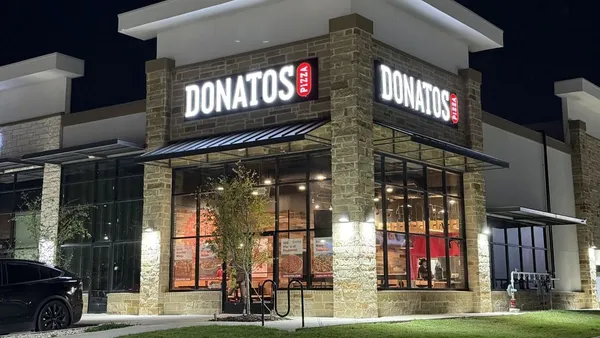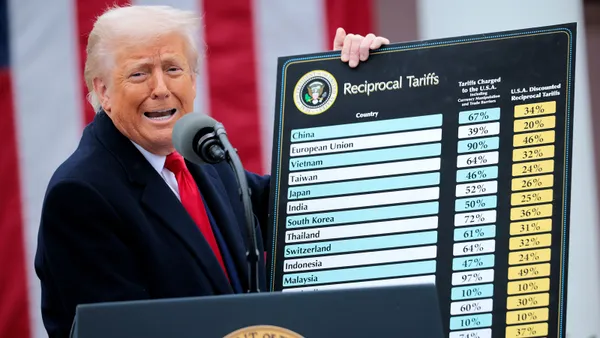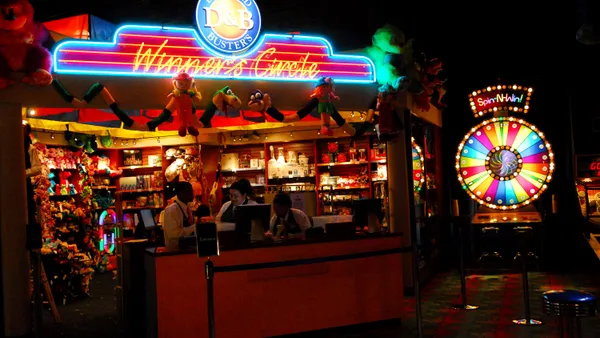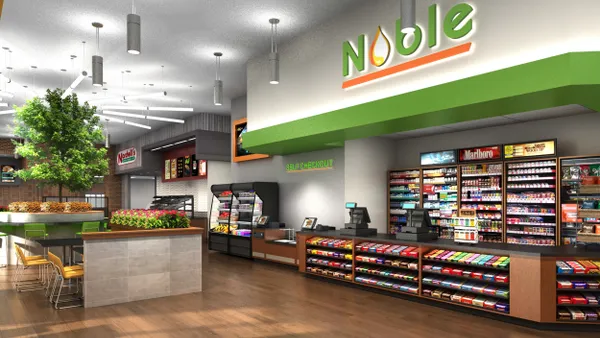Dive Brief:
- Subway laid off another 150 employees across its global workforce on Tuesday, including over 100 people at its Connecticut headquarters. This marks the sandwich chain's second significant cut to its workforce in just three months.
- Some staff have been reassigned for "better alignment and efficiencies," Alan Marcus, Subway's senior director of public relations, told Restaurant Business.
- “A reduction in workforce is never an easy decision, especially during these unprecedented times,” Marcus said in a statement. “The COVID-19 pandemic has forced us to accelerate a restructuring plan for which we had been preparing."
Dive Insight:
The fact that Subway is continuing to whittle down its corporate workforce, and that this trend is being exacerbated by economic pressure spurred by the novel coronavirus, doesn't bode well for the chain's future.
In February, the sandwich chain cut 300 employees from its headquarters, using local police to escort staff from the premises. Subway claimed these particular cuts were designed to make the business more efficient, a change ushered in by new CEO John Chidsey, who took the reins in fall of 2019.
Significant labor reduction and reshuffling makes sense from a strategy perspective, at least to a degree. Subway's unit count has declined 13% since its peak in 2015, and Technomic predicted the chain will rake in less than $10 billion in sales this year. A leaner company could reduce operating costs and these changes could have given Subway the jolt it needed to start fresh after running for more than a year without a CEO at the helm.
But this was before COVID-19 upended the industry. In a normal economic climate, shrinking a company could be a shrewd way to improve the balance sheet. In the current dynamic environment, it could make a restaurant too brittle to weather the storm.
Subway has proven itself to be nimble in some ways, however. The chain offers Subway Grocery at hundreds of stores, an idea developed by a California franchisee that other operators quickly adapted across the system. This strategy helps Subway restaurants keep perishable inventory moving and better position themselves to capture off-premise demand, offering consumers bread, meat, egg patties, cheese, vegetables, frozen soups, cookies and more, with some items available in bulk.
But it's unclear how consumer behavior will evolve over the course of the pandemic, which shows no sign of abating in the near future, and if this grocery strategy can drive long-term sales gains. Subway's long-term growth plans may also be in jeopardy — the chain planned to remodel about 40% of its stores by the end of the year to revamp its brand identity, but this could be upended by current financial pressures.



